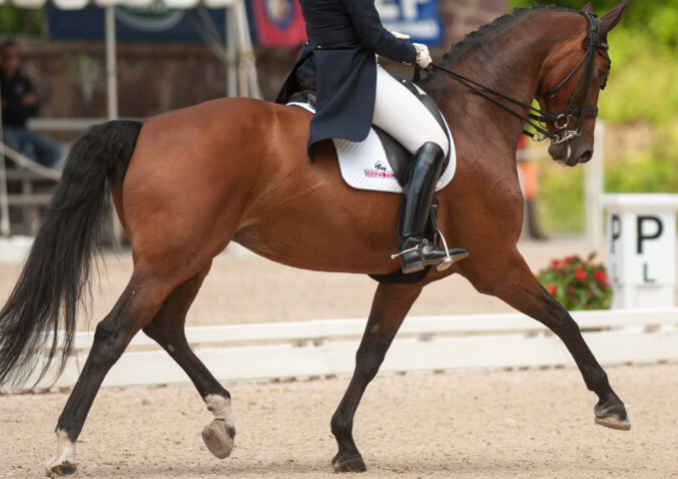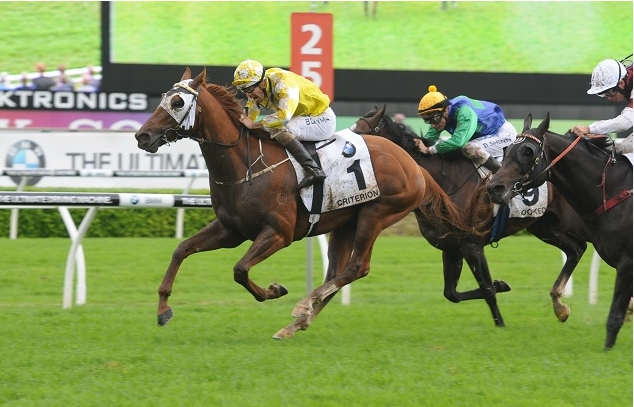In the world of equestrianism, understanding the concept of impulsion is essential for both horse and rider. Impulsion refers to the horse’s ability to move forward with energy and enthusiasm, which is vital for performance, whether in dressage, show jumping, or leisurely hacks. By grasping how to foster impulsion, riders can improve their horse’s movement, responsiveness, and overall enjoyment.
The Importance of Impulsion
Impulsion is more than just speed; it encompasses a horse’s ability to generate energy from its hindquarters and translate that energy into forward movement. This energy results from the horse engaging its hind legs, allowing for a more powerful stride. Good impulsion leads to better balance and rhythm, which is crucial for maneuvers like jumps or lateral movements. When a horse is truly impulsive, it showcases an eagerness to work, making every ride more enjoyable and effective for both horse and rider.
Training for Impulsion
To develop impulsion, riders can utilize various training techniques. Groundwork exercises, such as lunging, can help a horse learn to engage its hindquarters more effectively. Additionally, transitions between gaits offer opportunities for the horse to push off from its back legs, enhancing muscular engagement. Riders can also incorporate trot poles and cavaletti to encourage the horse to be more mindful of its stride and foot placement, promoting better impulsion. Consistent focus on these exercises will lead to noticeable improvements.
Common Impulsion Issues
While many horses can naturally exhibit impulsion, others may struggle due to various factors. Lack of conditioning can lead to diminished energy, while improper tack or rider technique may hinder the horse’s movement. It’s essential for riders to assess their training routine and look for signs of discomfort or resistance in their horse. Addressing issues such as stiffness or reluctance with veterinary advice, proper warm-up routines, and clear communication can greatly improve a horse’s impulsion. Identifying and correcting these hurdles can make a world of difference in your riding experience.
Conclusion
Understanding and developing impulsion is crucial for any equestrian, whether you’re a seasoned competitor or a weekend rider. By focusing on suitable training techniques and being aware of common issues, you can foster a stronger partnership with your horse. Explore this topic further, and consider incorporating new exercises into your routine to enhance both you and your horse’s riding experience. Happy riding!



